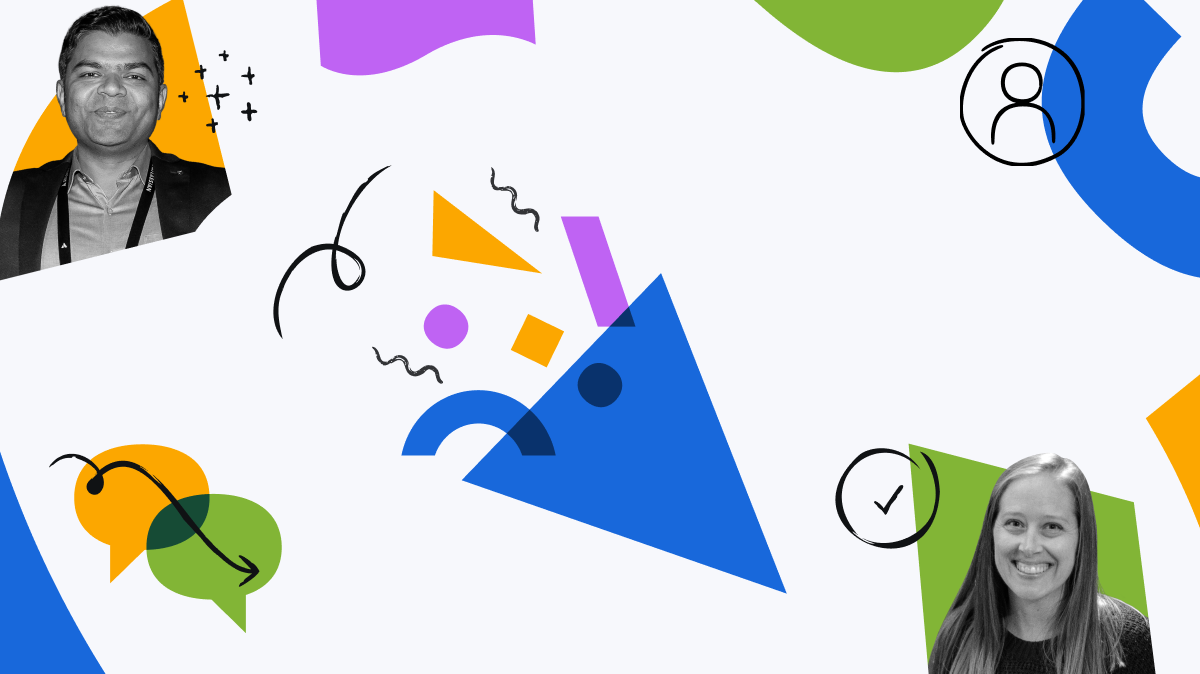Have more fun with Kudos
- Collect badges and make progress
- Participate in fun challenges
- Climb up the leaderboard
- Gift Kudos to your peers
Community resources
Community resources
Community resources
- Community
- Products
- Jira Product Discovery
- Discussions
- Idea Workflow
Idea Workflow

I was unable to find much documentation about the ideas workflow. Statuses are not aligned, and I wasn't sure how to use them.
Is there any recommended workflow? Share your vision of the ideas workflow.
I'd like to see the workflow explained in the app, so that will guide me in my work.
ChatGPT explanation:
To align the various idea statuses in your product discovery workflow, it's crucial to first understand what each status represents and how they fit into the overall process. Here's a suggested order and description of each stage:
Parking Lot: Ideas that are not yet prioritized or fully understood. These can be suggestions from team members, customers, or other stakeholders. They are collected and stored for future consideration.
Discovery: Ideas that have been prioritized and are currently being explored by the team. This stage involves research, customer interviews, and validation of the problem or opportunity to ensure the idea is worth pursuing.
Impact: Ideas that have been validated in the Discovery phase and are now being assessed for their potential impact on the business. This stage is where you estimate the value, feasibility, and priority of the idea in relation to your product roadmap and goals.
Ready for Delivery: Ideas that have been prioritized, validated, and assessed for impact are now ready for implementation. This stage is the transition point between discovery and delivery, where the team prepares to move forward with development.
Delivery: Ideas in this stage are actively being developed and integrated into the product. This phase includes design, development, testing, and deployment of the solution.
Done: The final stage in the workflow, where ideas have been successfully implemented and launched. This is the point where you can measure the success and effectiveness of the solution, gather feedback, and make any necessary adjustments.
To align these statuses in your workflow, consider using a visual tool such as a Kanban board or a project management software that allows you to track the progress of each idea. This will help you maintain clarity and visibility into the process, ensuring that each idea moves through the appropriate stages in a timely manner.
4 comments

@Tanguy Crussonwe've talked about this, before, but I still haven't fully grasped what it means when you say "we don't use status, at all".
Does it even mean you are working without a workflow?

Hi @Oleksii Zavrazhnyi ,
I can share a diagram how we have done it but the most important thing is to think what makes sense in your context and for your organisation. What workflow would fit best with your needs and way of work.
As soon as you are clear on that it should be easy and you can always adapt the workflow later, if needed :)
You can see in the diagram attached we start with New and then take a decision for every submitted idea if it has merit or not. All the red arrows indicate automation. Once an idea is accepted we do the prioritisation and when the time for it to be implemented comes we attach a delivery ticket(s) to it which progresses the idea ticket status for all the stakeholders to see on the roadmap.
I agree with @Oleksii Zavrazhnyi
Documentation about these statuses is lacking. Luckily this post clarifies a lot.
But still, to me the default statuses are a bit awkward, but it might be that I am focusing too much on the software development part of the product cycle and not thinking about the bigger picture?
In my case, these make more sense and fits better with the point in time "delivery issues" are created.
Parking Lot
Discovery
Selected for Implementation iso Ready for Delivery
Implementation iso Delivery
- Released iso Impact
It might be good to add Impact as a 6th option. Not sure yet.
Note: I use implementation as implementation is broader than development.
Curious about thoughts of other community members.
@Bart De Baere this workflow is really just there to help you get started - you should definitely adapt it to match the process you want to follow.
In the team creating Jira Product Discovery we don't even use the "status" field at all. Instead this is what we do:
In there you can find 2 videos:
- One explaining how we work for product roadmaps
- And one about how we tackle delivery (spoiler: we don't even use the integration with Jira Software)
we don't even use the integration with Jira Software
Say what ?!? 😅
Word 🙂
Hi @Oleksii Zavrazhnyi ,
In creating ideas, researching, and searching for references, there is a need to note something important.
To do this, my team developed the Issue Creator for Jira Cloud app.
In tandem with Jira Product Discovery, it's a great tool.
With it, you can take screenshots, add annotations, work with visual web elements, and create incredible visual feedback as Jira issues.
We invite you to try it!
Example of use:

